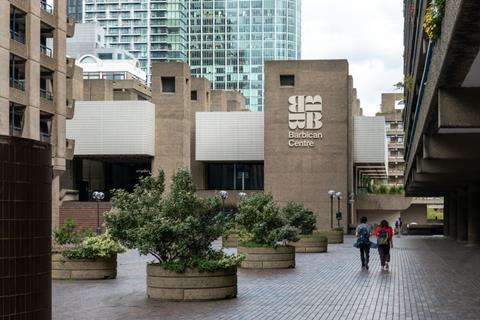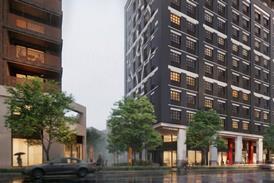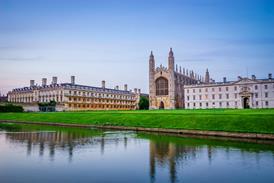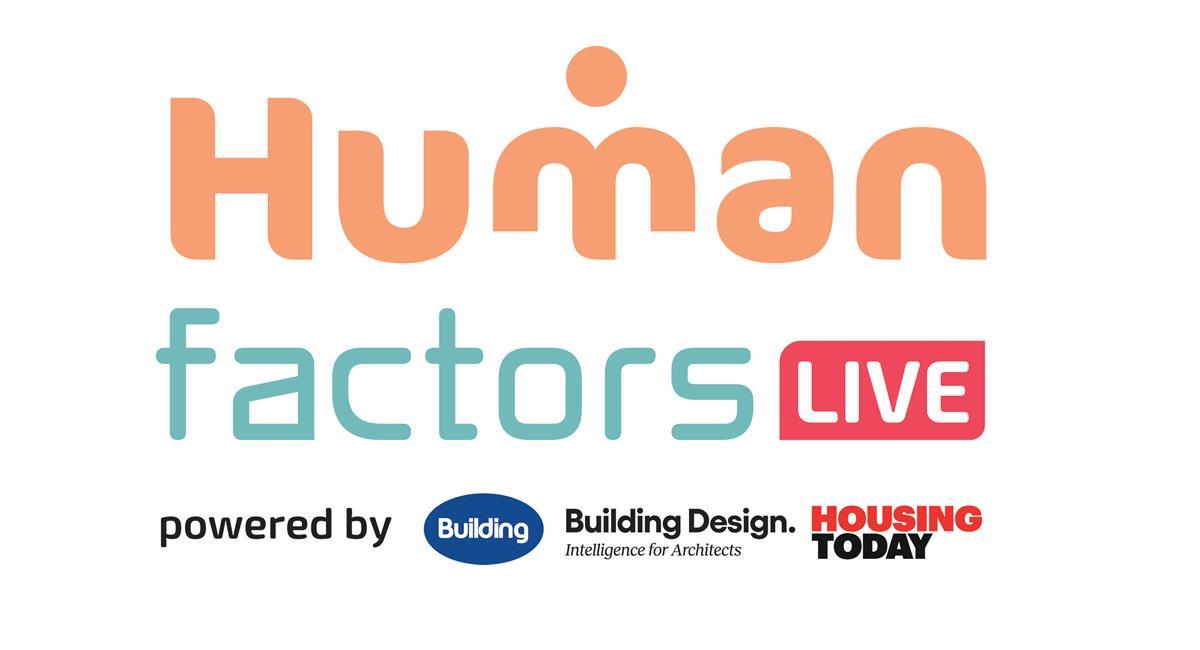Scheme will be delivered alongside first phase of Barbican Renewal programme
Assemble, Designers Unit and Tactile Studio have been appointed to design a new wayfinding system for the Barbican Centre.
The multidisciplinary consortium of firms will carry out the design work as part of the first phase of the arts hub’s renewal programme.

The cultural centre, which comprises numerous venues across a mult-level structure, itself embedded within a huge, self-contained residential neighbourhood with dozens of access points and a network of pathways.
The team has been charged with making navigation through the Barbican more “clear, intuitive and joyful while continuing to embrace the delight of the unexpected route or encounter”.
The current wayfinding system, developed by Cartlidge Levene, has been in place for more than two decades.
The team will be led by Giles Smith and Jaymi Sudra of Assemble and David Lebreton of Designers Unit, working closely with Tactile Studio, an expert in accessibility and inclusive design.
Philippa Simpson, Director of Buildings and Renewal at the Barbican, said: “We’re thrilled to announce the appointment of Assemble, working with Designers Unit, to lead the development of a new wayfinding scheme for the Barbican Centre.
“Assemble’s empathetic and intelligent design sensibility and impressive track record of working with communities and users make them the ideal practice to lead this process.
>> Read more: Barbican unveils Allies & Morrison and Asif Khan’s £240m refurbishment plans
“Combined with Designers Unit’s experience in navigating challenging spaces, this expert team are perfectly placed to bring clarity to the Barbican site while retaining the magic of its complexity.”
The new wayfinding scheme will be delivered alongside the first phase of the Barbican Renewal programme, over the next few years.
The City of London, which is the Barbican’s main funder, has committed £191m towards the first five-year phase of the programme, which represents around 80% of the expected necessary funds.
















1 Readers' comment